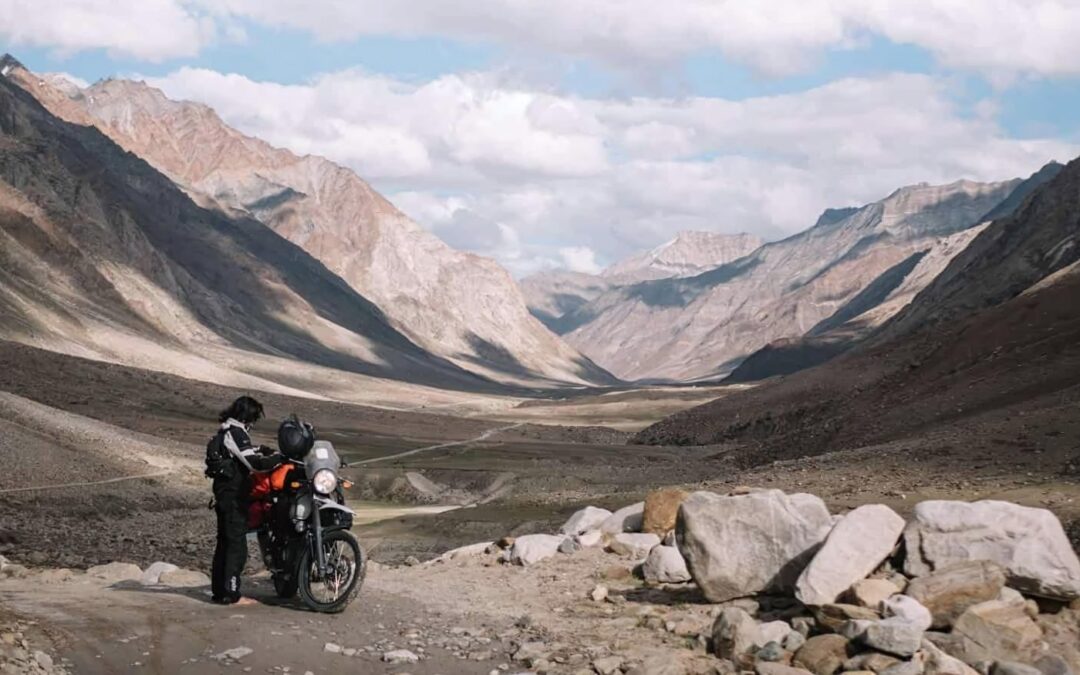In the remote reaches of Ladakh, nestled amidst the majestic peaks of the Himalayas, lie villages that have preserved their indigenous way of life for centuries. Documenting these communities unveils a tapestry of traditions, resilience, and a deep bond with nature that is both humbling and awe-inspiring. Let’s delve into the essence of life in Ladakh’s villages through the lens of documentation.
A Glimpse into Ladakhi Culture:
-
Harmony with Nature: The people of Ladakh have cultivated a harmonious relationship with their environment, adapting to the harsh terrain and extreme weather conditions. Their agricultural practices, such as terraced farming and traditional irrigation systems, reflect a deep understanding of the land.
-
Cultural Festivities: Throughout the year, Ladakh reverberates with the sounds of vibrant festivals that celebrate the region’s rich cultural heritage. From the exuberant dances of Hemis Festival to the solemn rituals of Losar, each event offers a window into the soul of Ladakhi culture.
-
Artisanal Traditions: The villages of Ladakh are home to skilled artisans who practice age-old crafts such as thangka painting, wood carving, and pottery. These intricate artworks not only serve as a source of livelihood but also carry forward the legacy of generations past.
Challenges and Resilience:
-
Isolation and Connectivity: Due to its rugged terrain and remote location, many villages in Ladakh remain cut off from the rest of the world for several months during winter. Limited access to modern amenities poses challenges for healthcare, education, and economic development.
-
Environmental Pressures: The fragile ecosystem of Ladakh is increasingly vulnerable to climate change and unsustainable practices. Glacial retreat, erratic weather patterns, and water scarcity threaten the livelihoods of local communities, necessitating adaptive strategies for survival.
-
Cultural Preservation: In the face of rapid modernization and outside influences, preserving indigenous traditions and languages is paramount. Efforts to document oral histories, traditional knowledge, and cultural practices play a vital role in safeguarding Ladakh’s unique identity.
The Role of Documentation:
-
Cultural Heritage Preservation: Documenting the everyday lives, rituals, and folklore of Ladakhi communities helps to preserve their cultural heritage for future generations. Photographs, videos, and written accounts serve as invaluable records of a way of life that is at risk of being lost.
-
Awareness and Advocacy: Sharing stories from Ladakh’s villages raises awareness about the challenges faced by indigenous communities and the importance of sustainable development. Documentaries, articles, and social media campaigns can mobilize support for initiatives that empower local residents and protect their rights.
-
Cross-Cultural Exchange: Documenting indigenous communities fosters cross-cultural understanding and appreciation. By showcasing the resilience, wisdom, and beauty of Ladakhi culture, we can bridge divides and cultivate empathy across borders.
In documenting life in Ladakh’s villages, we not only capture a moment in time but also bear witness to the enduring spirit of a people who have thrived in harmony with their environment for generations. As we navigate an increasingly interconnected world, let us heed the lessons of Ladakh’s indigenous communities and strive to live in greater harmony with nature and each other.


